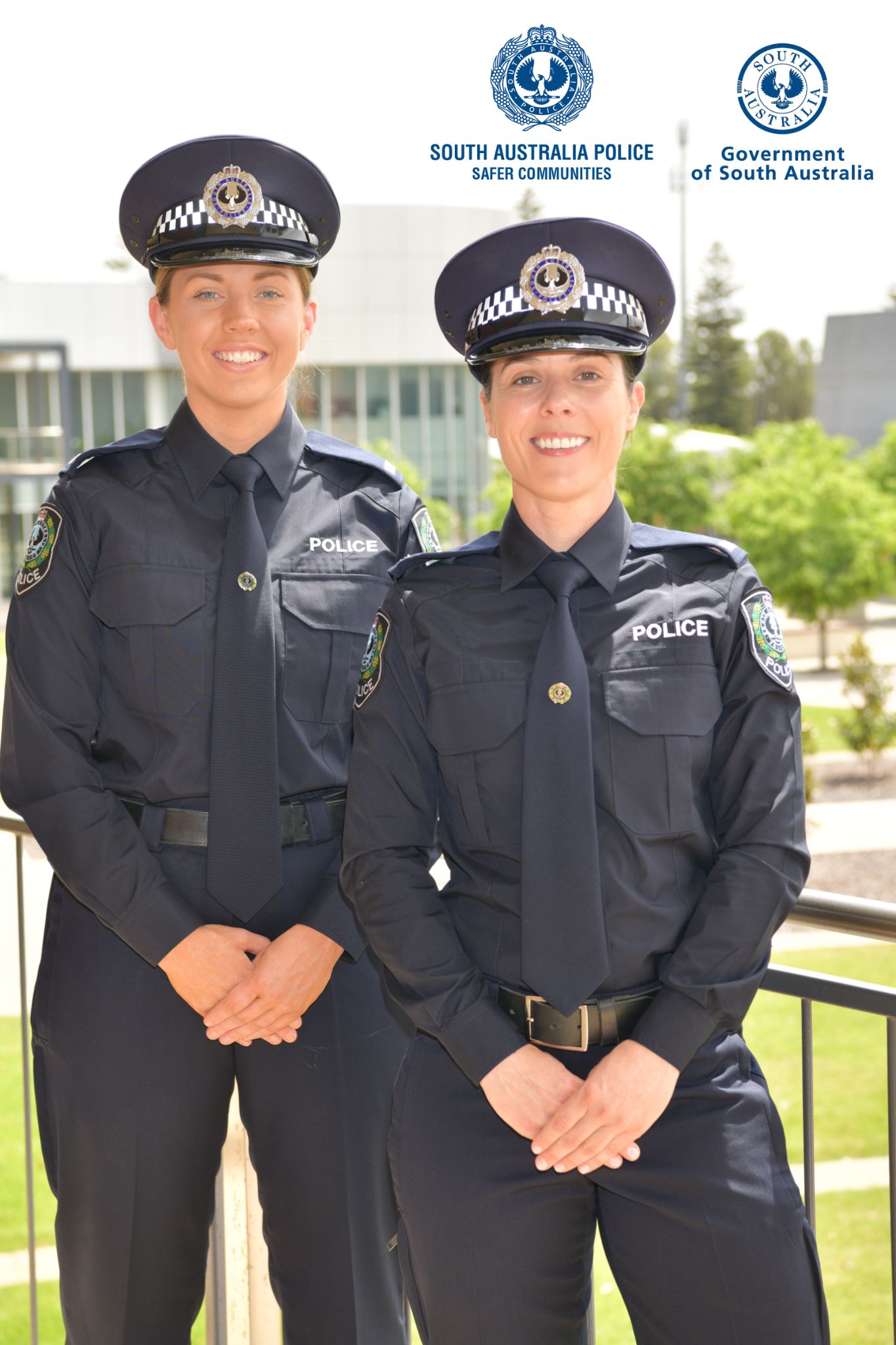12 Police: The Inside Story You Need To Know
When we talk about the term "12 police," it's like diving into a world where law enforcement meets slang culture. It’s not just a phrase; it’s a gateway to understanding how officers operate in different scenarios. Whether you’re curious about their roles, duties, or even the challenges they face, this topic is packed with insights. So, buckle up because we’re about to break it down for you in ways that are easy to digest but super informative.
Now, let’s get real here. The concept of "12 police" might sound vague at first, but trust me, it’s more than just a number. It’s a nod to the law enforcement community, where officers are seen as the backbone of public safety. From patrolling the streets to solving complex cases, these officers are the unsung heroes who keep society running smoothly. And hey, if you’re wondering why "12" is attached to them, we’ll spill the tea in just a bit.
This article isn’t just another boring write-up; it’s your go-to guide for everything related to the "12 police." We’ll dive into their daily routines, the challenges they encounter, and even touch on some interesting facts. If you’re into police culture or simply curious about how these officers impact our lives, this is the perfect read for you. So, without further ado, let’s dive right in!
- Why Is Ynw Melly In Jail Unveiling The Truth Behind The Headlines
- Sebastiaacuten Marroquiacuten The Untold Story Behind A Legacy
Who Are the 12 Police?
First things first, let’s clear the air. When people refer to "12 police," they’re usually talking about law enforcement officers in general. The "12" part is a slang term that originated from old-school police codes. Back in the day, "10-12" was a code used by officers to indicate they were on break or resting. Over time, it evolved into "12" as a shorthand way of referring to police officers themselves.
These officers are the ones you see patrolling your neighborhoods, directing traffic, and responding to emergencies. They wear the badge, carry the responsibility, and work tirelessly to ensure our safety. Whether it’s a minor traffic violation or a major crime scene, the "12 police" are always ready to step in and take charge. And let’s not forget, they’re human too, dealing with their own set of challenges every single day.
Understanding Police Culture
Police culture is a fascinating blend of tradition, camaraderie, and discipline. Officers often form tight-knit communities within their departments, supporting each other through thick and thin. It’s a world where trust and loyalty are paramount, and where every decision can have life-or-death consequences. If you’ve ever wondered what it’s like to walk a mile in their shoes, this section’s for you.
- Gregg Allman Height The Legends Stature And Impact
- Is Sarah Silverman Married The Inside Scoop Yoursquove Been Waiting For
- Teamwork: Officers rely heavily on each other during operations. It’s all about having your partner’s back, no matter what.
- Training: Before hitting the streets, officers undergo rigorous training programs. From physical fitness to tactical skills, they’re prepared for anything.
- Challenges: The job comes with its fair share of stress and danger. Officers often deal with high-pressure situations, requiring quick thinking and resilience.
The Role of 12 Police in Society
Now that we’ve got the basics covered, let’s talk about the bigger picture. The role of the "12 police" in society is multifaceted. They’re not just enforcers of the law; they’re also community builders, problem solvers, and sometimes even therapists. Their presence can make or break the safety and well-being of a community.
From preventing crimes to mediating conflicts, officers play a crucial role in maintaining order. They work closely with local governments, community leaders, and citizens to address issues and improve quality of life. And while their job isn’t always glamorous, it’s undeniably impactful. Let’s take a closer look at how they contribute to society:
Key Responsibilities
- Crime Prevention: Officers patrol neighborhoods to deter criminal activities and ensure public safety.
- Emergency Response: They’re the first responders during crises, whether it’s a car accident or a natural disaster.
- Community Engagement: Building trust and rapport with the community is a key part of their job. Officers often participate in outreach programs and events.
A Day in the Life of a 12 Police Officer
Ever wondered what a typical day looks like for a "12 police" officer? Well, it’s anything but typical. Their schedules are unpredictable, and no two days are the same. From early morning briefings to late-night stakeouts, officers are always on the move. And let’s not forget the paperwork—oh, the paperwork! It’s a never-ending cycle of action and documentation.
But don’t let that deter you. Despite the challenges, many officers find their work incredibly rewarding. They get to make a real difference in people’s lives, often in ways that aren’t immediately visible. So, what does a day in the life of a "12 police" officer really look like? Let’s break it down:
Morning Routine
The day usually starts with a briefing session. Officers gather to discuss recent incidents, review case files, and receive their assignments for the day. After that, it’s off to the streets, where anything can happen. Some days might involve routine patrols, while others could bring unexpected challenges.
The Challenges Faced by 12 Police
No job is without its challenges, and being a "12 police" officer is no exception. Officers face a wide range of obstacles, from physical danger to emotional stress. The job requires them to be mentally and physically prepared at all times. And while the rewards are great, the risks are equally significant.
One of the biggest challenges is dealing with public perception. In recent years, law enforcement has faced scrutiny and criticism, leading to a shift in how officers interact with the community. Building trust and transparency is now more important than ever. Here are some of the key challenges officers face:
Physical and Emotional Strain
- High-Stress Situations: Officers often find themselves in life-or-death scenarios, requiring quick thinking and composure.
- Public Perception: Navigating public opinion can be tough, especially when media coverage paints a negative picture.
- Work-Life Balance: Long hours and irregular schedules make it challenging for officers to maintain a healthy work-life balance.
Training and Development for 12 Police
Becoming a "12 police" officer isn’t as simple as signing up and grabbing a badge. It’s a rigorous process that involves extensive training and continuous development. Officers undergo physical, tactical, and psychological training to prepare them for the demands of the job. And once they’re on the field, the learning never stops.
Training programs vary by department, but they all share a common goal: equipping officers with the skills they need to succeed. From firearms training to conflict resolution, officers are trained to handle a wide range of situations. Let’s take a look at some of the key components of police training:
Core Training Areas
- Physical Fitness: Officers must maintain peak physical condition to perform their duties effectively.
- Tactical Skills: Training in firearms, self-defense, and tactical operations is essential for officer safety.
- Communication: Effective communication is key to de-escalating conflicts and building trust with the community.
Technology and the 12 Police
Technology has revolutionized the way "12 police" officers do their jobs. From body cameras to advanced data analytics, officers now have access to tools that enhance their effectiveness and accountability. These innovations have not only improved public safety but also increased transparency in law enforcement.
Body cameras, for example, have become a standard tool for many departments. They provide an unbiased record of interactions between officers and civilians, helping to resolve disputes and improve accountability. Meanwhile, data analytics tools allow officers to predict crime patterns and allocate resources more efficiently.
Key Technologies
- Body Cameras: Provide a transparent record of officer-civilian interactions.
- Data Analytics: Help predict crime trends and optimize resource allocation.
- Mobile Devices: Enable officers to access critical information in real-time.
Community Relations and the 12 Police
Building strong community relations is a cornerstone of effective law enforcement. The "12 police" understand that trust and cooperation are essential for maintaining public safety. Officers engage with the community through various initiatives, from neighborhood watch programs to youth mentorship.
These efforts not only improve public perception but also create a safer environment for everyone. By fostering open communication and collaboration, officers can address concerns and build lasting relationships with the communities they serve.
Community Engagement Initiatives
- Neighborhood Watch Programs: Encourage residents to work together to prevent crime.
- Youth Mentorship: Officers mentor young people, helping them stay on the right path.
- Community Events: Officers participate in local events to build connections and trust.
Statistics and Facts About 12 Police
Let’s talk numbers. According to recent data, there are over 600,000 sworn law enforcement officers in the United States alone. That’s a lot of "12 police" working hard to keep us safe. But the numbers don’t stop there. Officers handle millions of calls for service each year, ranging from minor incidents to major crimes.
And while the job comes with its challenges, the impact is undeniable. Studies show that communities with strong police presence experience lower crime rates and improved quality of life. Here are some key statistics to keep in mind:
Key Statistics
- Over 600,000 sworn officers in the U.S.
- Millions of calls for service handled annually.
- Crime rates have decreased in areas with strong police presence.
Future Trends in 12 Police
As technology continues to evolve, so does the role of the "12 police." Future trends in law enforcement point towards increased use of artificial intelligence, predictive policing, and community-driven strategies. These innovations aim to enhance public safety while promoting transparency and accountability.
Artificial intelligence, for example, can help officers analyze data more efficiently and make informed decisions. Predictive policing tools can identify potential hotspots, allowing officers to intervene before crimes occur. And community-driven strategies ensure that law enforcement remains responsive to the needs of the people they serve.
Emerging Technologies
- Artificial Intelligence: Assists in data analysis and decision-making.
- Predictive Policing: Identifies potential crime hotspots for proactive intervention.
- Community-Driven Strategies: Focuses on collaboration and feedback from the public.
Conclusion: Why the 12 Police Matter
In conclusion, the "12 police" play a vital role in maintaining public safety and order. From their daily routines to the challenges they face, officers work tirelessly to protect and serve their communities. Whether it’s through advanced technology or community engagement initiatives, the impact of law enforcement is undeniable.
So, the next time you see a "12 police" officer on the street, take a moment to appreciate the work they do. And if you’re inspired by their dedication, consider getting involved in community programs or supporting law enforcement in meaningful ways. Together, we can build safer, stronger communities for everyone.
Don’t forget to share this article with your friends and family, and leave a comment below if you have any thoughts or questions. Stay tuned for more insightful content on topics that matter to you!
Table of Contents
- 12 Police: The Inside Story You Need to Know
- Who Are the 12 Police?
- Understanding Police Culture
- The Role of 12 Police in Society
- A Day in the Life of a 12 Police Officer
- Morning Routine
- The Challenges Faced by 12 Police
- Physical and Emotional Strain
- Training and Development for 12 Police
- Core Training Areas
- Livvy Dunne Stats The Rising Star In The Gaming Industry
- How Old Is Brittany From Alvin And The Chipmunks Discovering The Iconic Squeaky Voice

Murder charges, Calliope Queensland Police News

12 Police officer join ranks The National Tribune

New Police Chief Sworn In Jersey Police Authority